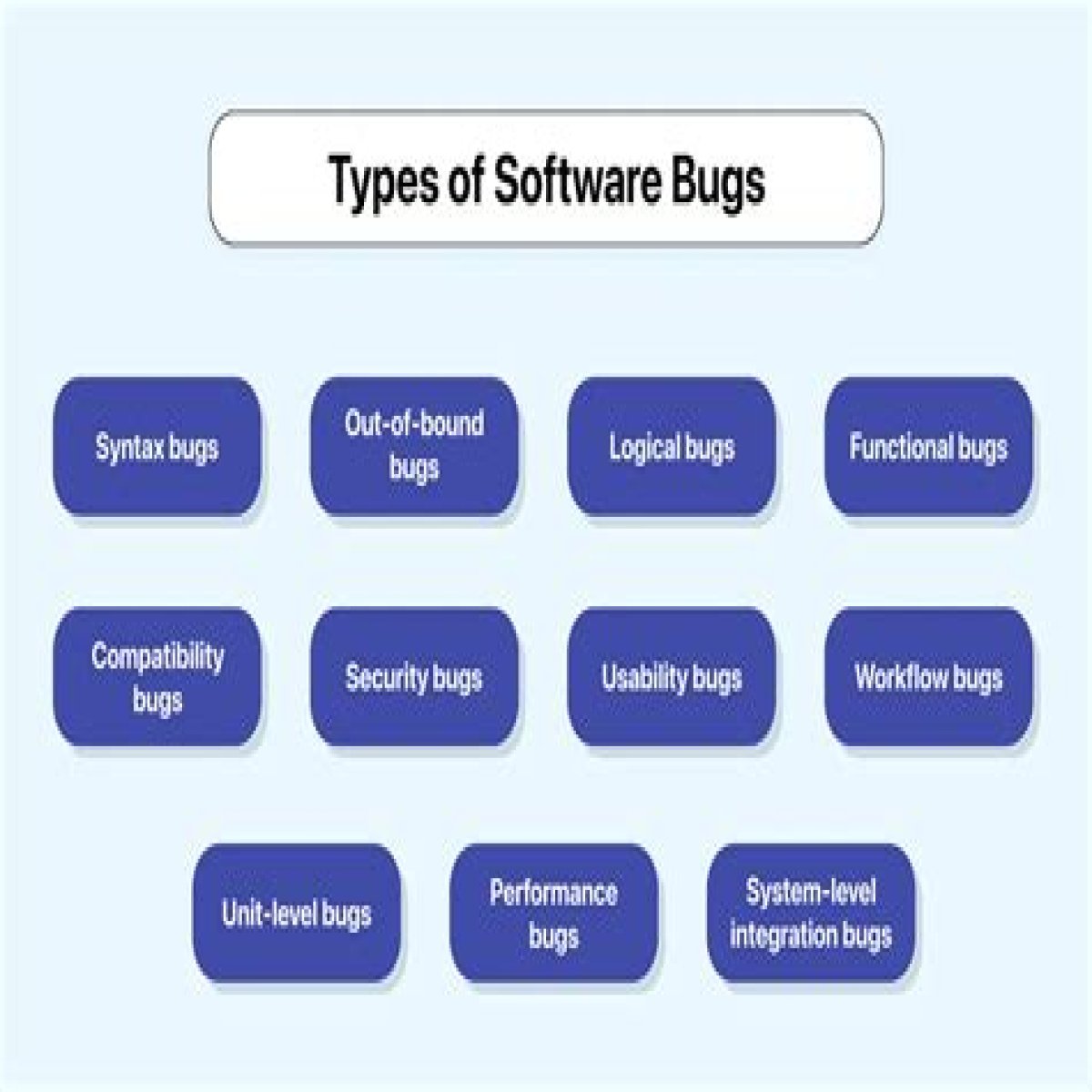Killbug is a term that resonates deeply within the software development community, encapsulating the ongoing battle against software bugs that can hinder application performance and user experience. In today’s fast-paced digital landscape, ensuring software quality is paramount. Bugs not only affect functionality but can also lead to significant financial losses and damage to a company’s reputation. In this comprehensive guide, we will explore what killbug means, its significance, and effective strategies to identify and eliminate bugs from your software development process.
As we delve deeper into this topic, we will provide you with actionable insights, expert opinions, and best practices that can help you navigate the complexities of software development. Whether you are a seasoned developer or a budding programmer, understanding the concept of killbug is essential for creating high-quality software. This article aims to equip you with the knowledge and tools needed to tackle bugs effectively and enhance your software's performance.
This guide will cover various aspects of killbug, including definitions, methodologies for bug identification and elimination, and tips for maintaining software quality. By the end of this article, you will have a clear understanding of how to kill bugs in your projects and ensure a seamless user experience.
- Table of Contents
- What is Killbug?
- Importance of Killbug in Software Development
- Types of Bugs in Software
- 1. Syntax Errors
- 2. Runtime Errors
- 3. Logical Errors
- Strategies for Killing Bugs
- 1. Testing Methodologies
- 2. Bug Tracking Tools
- Best Practices for Avoiding Bugs
- Case Studies: Success Stories in Bug Elimination
- Conclusion
Table of Contents
What is Killbug?
Killbug refers to the systematic approach taken by developers and software engineers to identify, diagnose, and eliminate bugs within software applications. This multifaceted process involves various techniques and tools designed to streamline the debugging process and enhance software quality.
Importance of Killbug in Software Development
Understanding the significance of killbug is crucial for developers. Here are some reasons why it matters:
- Improved User Experience: Software free from bugs ensures that users can interact with applications seamlessly, leading to higher satisfaction.
- Cost Efficiency: Early identification and resolution of bugs can save companies money in the long run, preventing costly fixes and potential damage to brand reputation.
- Enhanced Performance: Eliminating bugs contributes to better software performance, increasing reliability and stability.
Types of Bugs in Software
To effectively kill bugs, it’s essential to understand the different types of bugs that can occur in software. Here are three common categories:
1. Syntax Errors
Syntax errors occur when the code written does not conform to the language's rules. These are often easy to identify as they prevent the program from running.
2. Runtime Errors
Runtime errors happen during the execution of the program. They can be caused by various factors, such as memory leaks or incorrect data types.
3. Logical Errors
Logical errors are more challenging to detect as they do not stop the program from running. Instead, they lead to incorrect outcomes or behaviors.
Strategies for Killing Bugs
Implementing effective strategies is vital to successfully kill bugs in your software. Here are some key approaches:
1. Testing Methodologies
Several testing methodologies can be employed to identify bugs:
- Unit Testing: Testing individual components for correctness.
- Integration Testing: Ensuring that different components work together as intended.
- System Testing: Testing the entire system's functionality.
- Acceptance Testing: Validating the software against business requirements.
2. Bug Tracking Tools
Utilizing bug tracking tools can streamline the process of identifying and managing bugs. Some popular tools include:
- JIRA: A widely-used tool for bug tracking and agile project management.
- Bugzilla: An open-source tool that allows teams to track bugs efficiently.
- Asana: A flexible task management tool that can be used for bug tracking.
Best Practices for Avoiding Bugs
In addition to strategies for killing bugs, it's essential to implement best practices that can prevent them from occurring in the first place:
- Code Reviews: Regular code reviews help catch issues early in the development process.
- Version Control: Using version control systems helps track changes and manage code efficiently.
- Documentation: Maintaining clear documentation can aid in understanding code and identifying potential issues.
Case Studies: Success Stories in Bug Elimination
Examining real-world applications of killbug can provide valuable insights. Here are a few notable success stories:
- Company A: After implementing automated testing, Company A reduced their bug count by 50% within six months.
- Company B: By adopting agile methodologies, Company B improved their bug resolution time by 30%.
Conclusion
In conclusion, killbug is an essential concept in software development that requires a strategic approach to identify and eliminate bugs effectively. By understanding the types of bugs, employing robust testing methodologies, and adhering to best practices, developers can significantly enhance software quality. We encourage you to implement these strategies in your development process and share your experiences in the comments below. Together, we can create a community dedicated to software excellence.
We hope this guide on killbug has been informative and valuable. If you found this article helpful, feel free to share it with others and explore our other resources for software development best practices.
Surprise Coming: Unveiling The Secrets Behind The AnticipationHawkeye Man: The Untold Story Of Marvel's SharpshooterUnderstanding The Concept Of Avatar Enemies: A Comprehensive Guide
